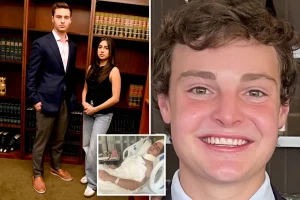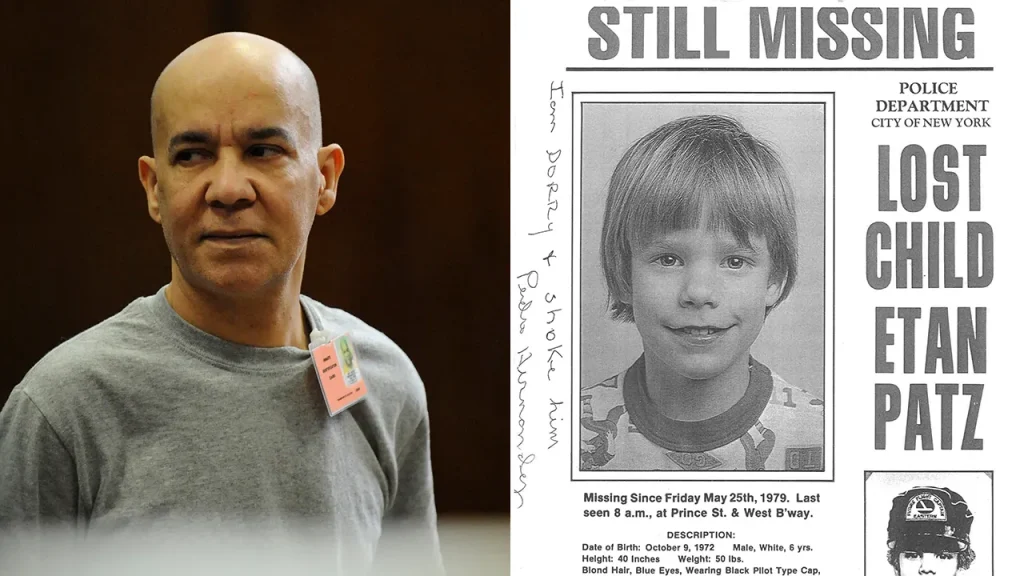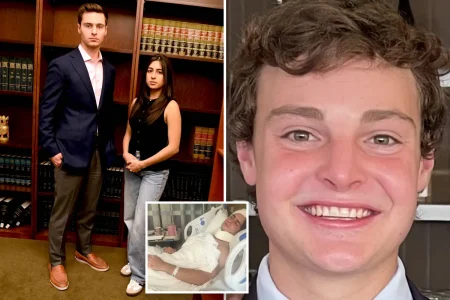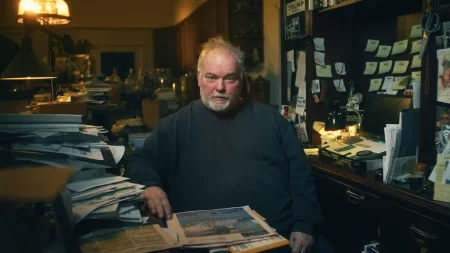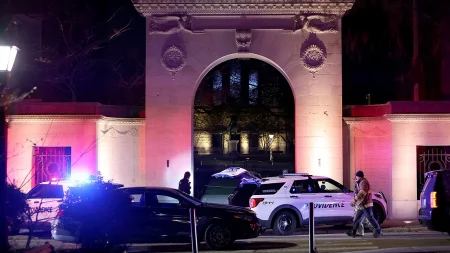The Etan Patz Case: A Tragic Landmark in Missing Children History Faces New Legal Developments
In a significant legal development, a federal judge has ruled that Pedro Hernandez, the man convicted in 2017 of kidnapping and murdering 6-year-old Etan Patz, must be retried by June 1, 2024, or be released from prison. This decision by Judge Colleen McMahon of Manhattan’s federal district court comes after Hernandez’s conviction was overturned last July by the 2nd U.S. Circuit Court of Appeals. The case of Etan Patz holds historical significance as he was the first missing child to be featured on milk cartons across America following his disappearance in 1979 – a practice that would later become commonplace in the search for missing children and fundamentally change how America approached such cases.
The legal journey has been lengthy and complex, with Hernandez initially facing a hung jury in his first trial before being convicted in his second trial and sentenced to 25 years to life. The overturning of his conviction centered on a technical but crucial legal issue – the appeals court found that the trial judge gave “clearly wrong” and “manifestly prejudicial” instructions to the jury regarding how they should consider Hernandez’s confessions. The specific issue arose when jurors asked whether they must disregard a post-Miranda warning confession if they deemed an earlier pre-Miranda confession invalid. The judge’s negative response was later determined to be legally incorrect, raising fundamental questions about the fairness of the trial and the validity of the conviction that had seemingly brought closure to a case that had haunted New York City for decades.
The tragic story began on May 25, 1979, when young Etan disappeared while walking to his school bus stop in Manhattan’s SoHo neighborhood – the first time his parents had allowed him to make the journey alone. Five years before his conviction, Hernandez admitted to police that he had lured the boy into the basement of the convenience store where he worked by offering him a soda. According to prosecutors, Hernandez then choked Etan, placed his body in a plastic garbage bag inside a box, and disposed of it with the trash. The confession came after Hernandez’s brother-in-law told detectives that Hernandez may have been involved, claiming he had once told a prayer group that he had killed a child in New York many years earlier.
The defense has consistently maintained that Hernandez, a New Jersey resident with reportedly low intellectual functioning, is mentally unstable and unable to distinguish between reality and fiction – calling into question the reliability of his confessions. They’ve also pointed to another potential suspect – a convicted Pennsylvania child molester who made concerning statements about Etan’s case in the 1990s and had connections to the Patz family through an acquaintance. This alternative suspect was never charged and denied involvement in the killing, but his existence has complicated the narrative of the case and raised questions about whether justice has truly been served. The defense strategy highlights the challenges in cases relying heavily on confessions, especially when physical evidence is limited or nonexistent, as is often the case with crimes from decades past.
The Manhattan District Attorney’s Office now faces difficult decisions about how to proceed. Prosecutor Matthew Colangelo has indicated that it may take approximately three months to determine whether they will pursue another trial. Simultaneously, prosecutors plan to ask the U.S. Supreme Court to review the appellate court’s decision to overturn Hernandez’s conviction. Judge McMahon made it clear in her ruling that her role was not to speculate on potential Supreme Court actions but simply to establish a deadline by which any retrial must commence. This creates a ticking clock scenario where prosecutors must carefully weigh their options while considering the resources required for a third trial, the likelihood of success, and the emotional impact on the Patz family who has already endured over four decades of uncertainty and legal proceedings.
The case of Etan Patz transformed America’s approach to missing children cases and raised awareness about child safety nationwide. His disappearance led to the establishment of National Missing Children’s Day, observed annually on May 25, the date of his disappearance. The image of his smiling face on milk cartons became an iconic symbol of the missing children’s movement in America. Now, after multiple trials and appeals spanning years, the legal system is again tasked with determining whether Pedro Hernandez should be held accountable for this historic crime or whether, due to legal technicalities and questions about the reliability of his confessions, he should be released. Whatever the outcome, the case continues to represent both the tragedy of a child lost too soon and the complexities of seeking justice for crimes that have shaped our national consciousness and changed how we protect our children.

